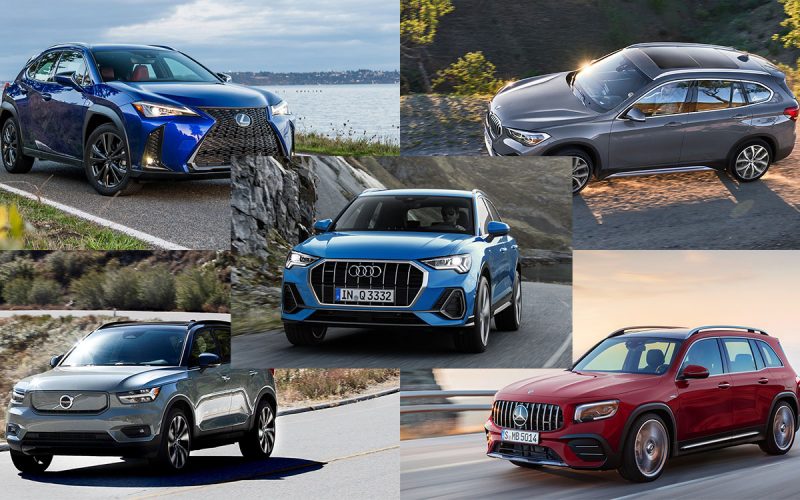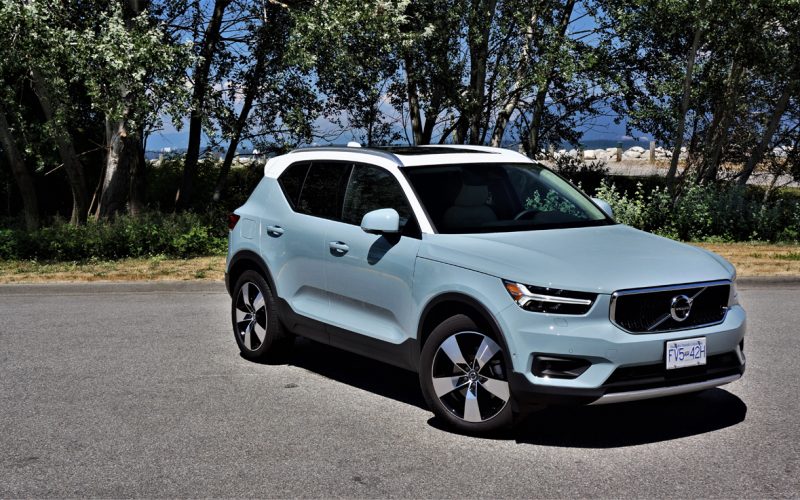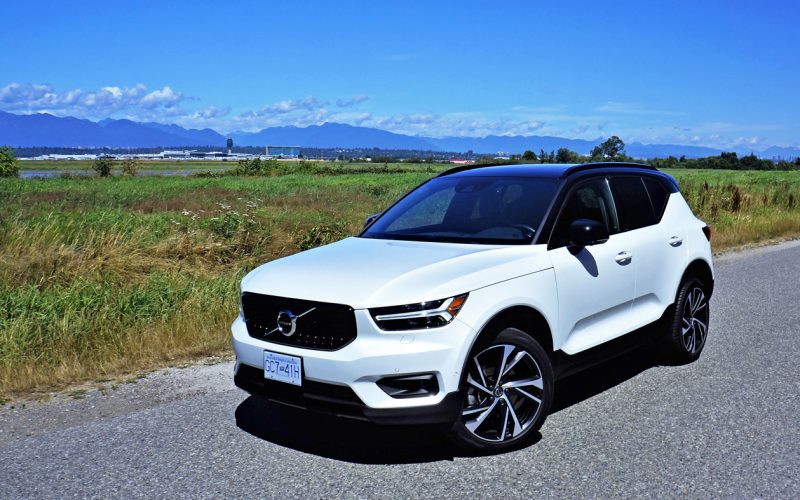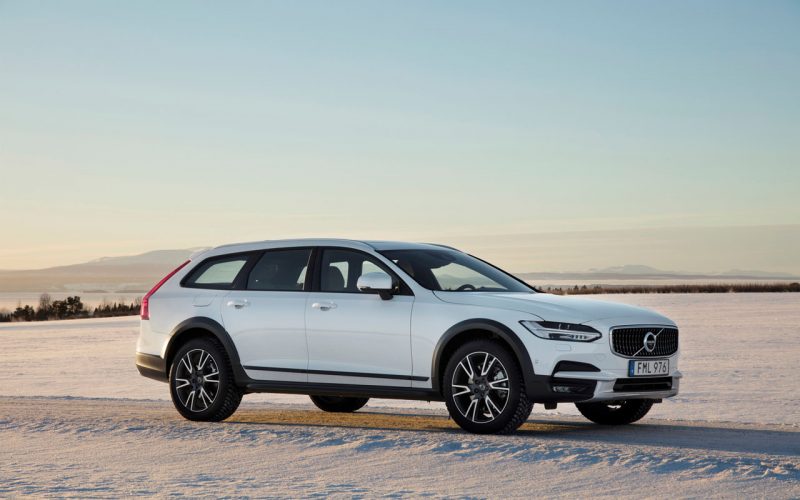
Reading Time: 17 minutesSubcompact crossover SUVs are the new gateway to the luxury market sector, so therefore if a

Reading Time: 11 minutesSo, you need to get rid of your old car and want something that looks good,

Reading Time: 14 minutesI must admit… I really like Volvo. Particularly new, reinvented Volvo, since the Swedish luxury brand

Reading Time: 6 minutesVolvo Car Canada Ltd. delivered 7,102 vehicles in 2017 compared to 6,103 the year prior, which
© 2025 The Car Magazine. All Rights Reserved, Privacy Policy | Terms of Use